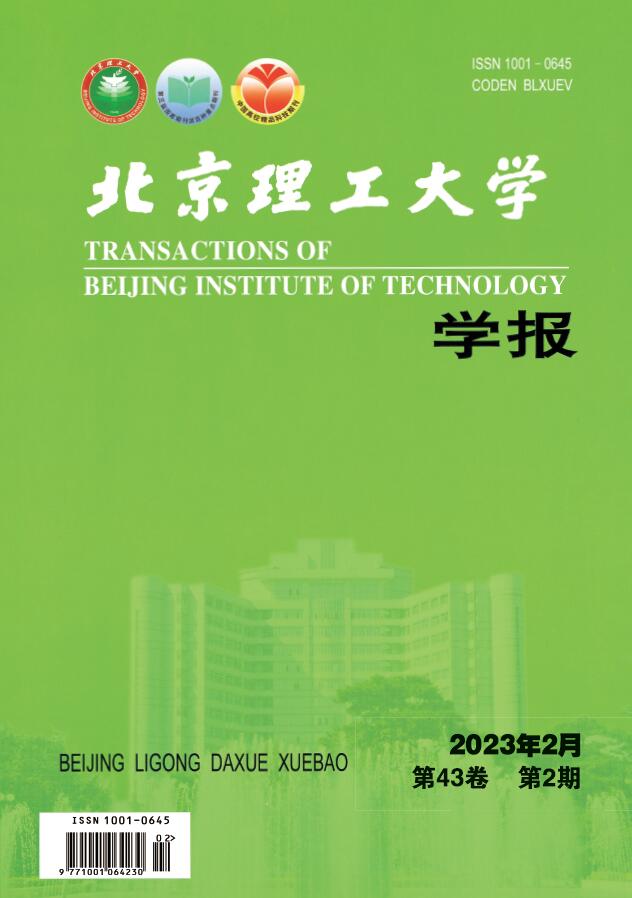2022 Vol. 42, No. 3
Display Method:
2022, 42(3): 223-232.
doi:10.15918/j.tbit1001-0645.2021.079
Abstract:
2022, 42(3): 233-241.
doi:10.15918/j.tbit1001-0645.2021.081
Abstract:
Study on the Splitting Tensile Failure Characteristics of Concrete Based on the Particle Flow Method
2022, 42(3): 242-250.
doi:10.15918/j.tbit1001-0645.2021.048
Abstract:
2022, 42(3): 251-260.
doi:10.15918/j.tbit1001-0645.2021.057
Abstract:
2022, 42(3): 261-270.
doi:10.15918/j.tbit1001-0645.2021.146
Abstract:
2022, 42(3): 271-278.
doi:10.15918/j.tbit1001-0645.2020.240
Abstract:
2022, 42(3): 279-288.
doi:10.15918/j.tbit1001-0645.2021.221
Abstract:
Fault Diagnosis of Liquid Rocket Engine Based on Hierarchical Bayesian Network Variational Inference
2022, 42(3): 289-296.
doi:10.15918/j.tbit1001-0645.2020.143
Abstract:
2022, 42(3): 297-303.
doi:10.15918/j.tbit1001-0645.2020.242
Abstract:
2022, 42(3): 304-311.
doi:10.15918/j.tbit1001-0645.2020.007
Abstract:
2022, 42(3): 312-317.
doi:10.15918/j.tbit1001-0645.2021.307
Abstract:
2022, 42(3): 318-323.
doi:10.15918/j.tbit1001-0645.2021.164
Abstract:
2022, 42(3): 324-330.
doi:10.15918/j.tbit1001-0645.2020.223
Abstract:


